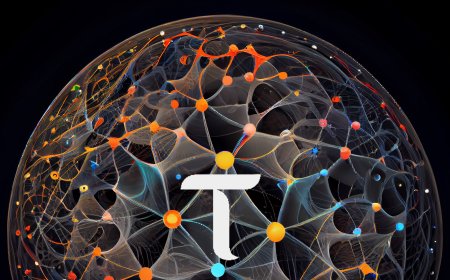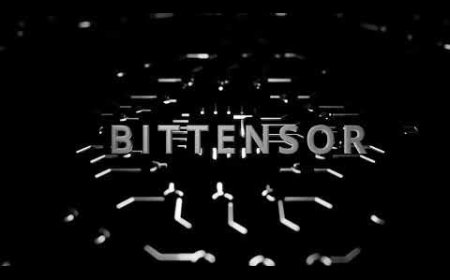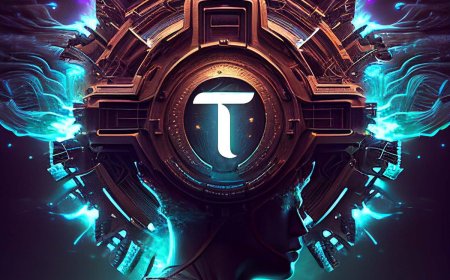BitTensor: Transforming AI Development through Decentralized Neural Networks and Blockchain Technology
Bit Tensor is an ambitious project that aims to create a decentralized artificial intelligence network using blockchain technology. This innovative approach combines the power of neural networks with the decentralized nature of blockchain to accelerate AI development and make it more accessible to a wider audience
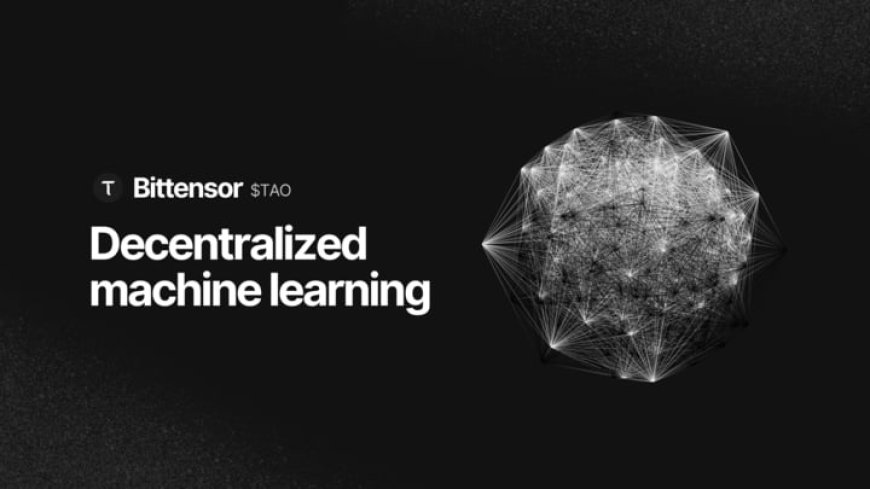
What is Bit Tensor?
At its core, Bit Tensor is a decentralized AI marketplace where participants can contribute computational power, develop AI models, and access AI capabilities. The project was founded by Jacob Steeves and Ala Shaabana, who envisioned a future where AI development is not controlled by a few large corporations but is instead a collaborative effort involving a global community of developers, researchers, and users.
Bit Tensor operates on a principle similar to Bitcoin mining, but instead of solving cryptographic puzzles, the network's participants are producing and validating AI intelligence. The system consists of three main components:
- Miners: Computers that run AI models and produce intelligence outputs.
- Validators: Nodes that evaluate the quality and value of the intelligence produced by miners.
- TAO Token: The native cryptocurrency of the Bit Tensor network, used for incentivizing participants and accessing AI services.
The Power of Decentralized AI
One of the key advantages of Bit Tensor's approach is its ability to create a compounding of knowledge within the network. Traditional AI development often requires starting from scratch with each new model, even when building upon existing work. Bit Tensor solves this problem by allowing models to learn from each other and build upon existing knowledge.
This approach has led to rapid progress in the network's capabilities. In just under a year of operation, Bit Tensor has reportedly reached a collective size that surpasses GPT-2 and is approaching GPT-3 levels. This accelerated development is made possible by contributions from a large number of participants, rather than relying on the resources of a single company.
Advantages of Bit Tensor
- Democratization of AI: By allowing anyone to contribute and benefit from the network, Bit Tensor could accelerate AI innovation and make advanced AI capabilities accessible to a wider audience.
- Collective Intelligence: The network leverages the power of many individual contributors, potentially surpassing the capabilities of even large tech companies.
- Incentivized Participation: The TAO token provides a financial incentive for people to contribute their computing resources and expertise to the network.
- Open-source Development: The transparent nature of the project allows for community-driven innovation and improvement.
- Alignment with Humanity: The decentralized governance model aims to ensure that AI development remains beneficial to humanity as a whole, rather than serving the interests of a few powerful entities.
- Scalability: The distributed nature of the network allows for potentially unlimited growth in computational power and capabilities.
- Cost-effectiveness: By leveraging idle computing resources, Bit Tensor can potentially achieve significant AI advancements at a fraction of the cost of traditional approaches.
How Bit Tensor Works
Bit Tensor uses a consensus mechanism that combines elements of proof-of-work and proof-of-stake to ensure the quality and reliability of the AI outputs. The network is designed to solve a wide range of text-based AI problems, from language generation to summarization and beyond.
One unique aspect of Bit Tensor is its approach to model interaction. The system allows AI models to communicate with each other and learn which models are most useful for solving specific problems. This creates a dynamic, self-improving network that can adapt to new challenges and continuously enhance its capabilities.
The Bit Tensor protocol also incorporates a novel approach to measuring the value of intelligence produced by the network. Using information theory principles, the system can evaluate the contribution of each node and distribute rewards accordingly. This approach not only incentivizes high-quality contributions but also helps in addressing issues like catastrophic forgetting in neural networks.
The TAO Token and Incentivization
The TAO token plays a crucial role in the Bit Tensor ecosystem. It serves as both an incentive for miners and validators and a means of accessing AI services on the network. The token follows a Bitcoin-like emission schedule, with a total supply cap of 21 million and halvings approximately every four years.
Currently, TAO is not listed on major exchanges due to regulatory concerns. The team is taking a cautious approach to ensure compliance with securities laws and is working towards integration with the Polkadot network as a step towards greater decentralization and accessibility.
The tokenomics of TAO are designed to create a sustainable ecosystem where the value of the token is directly tied to the utility and growth of the network. As more participants join and the capabilities of the network expand, the demand for TAO is expected to increase, potentially driving up its value.
Challenges and Opportunities
While Bit Tensor presents an innovative approach to AI development, it also faces some challenges:
- Hardware requirements: As the network grows, the computational demands for miners and validators increase, potentially limiting participation to those with significant resources.
- Adoption: The project is still in its early stages and needs to attract more developers and users to reach its full potential.
- Competition: Bit Tensor is entering a space dominated by large tech companies with substantial resources.
- Regulatory landscape: As with many blockchain projects, navigating the evolving regulatory environment for cryptocurrencies and AI technologies can be challenging.
- Technical complexity: The intersection of AI and blockchain technologies presents unique technical challenges that need to be overcome.
However, these challenges also present opportunities for growth and innovation. The project's decentralized nature and incentive structure could potentially attract a diverse range of participants, leading to novel AI applications and services.
The Future of Bit Tensor
The founders of Bit Tensor have ambitious goals for the project's future:
- Becoming a focal point in the AI industry, known for its scale and performance.
- Developing a suite of high-quality AI applications built on top of the Bit Tensor network.
- Establishing Bit Tensor as the "neural internet" where people train and host their AI models.
In the next three to five years, the team hopes to see:
- Bit Tensor recognized as having the largest neural network in the world, similar to how Bitcoin is known for having the largest supercomputer network.
- A thriving ecosystem of applications built on top of Bit Tensor, showcasing the power of decentralized AI.
- Increased ease of use for developers, making it the default method for fine-tuning and running inference for AI applications.
- Expansion into other AI modalities beyond text, such as image and audio processing.
- Integration with other blockchain networks and Web3 technologies to create a more interconnected decentralized ecosystem.
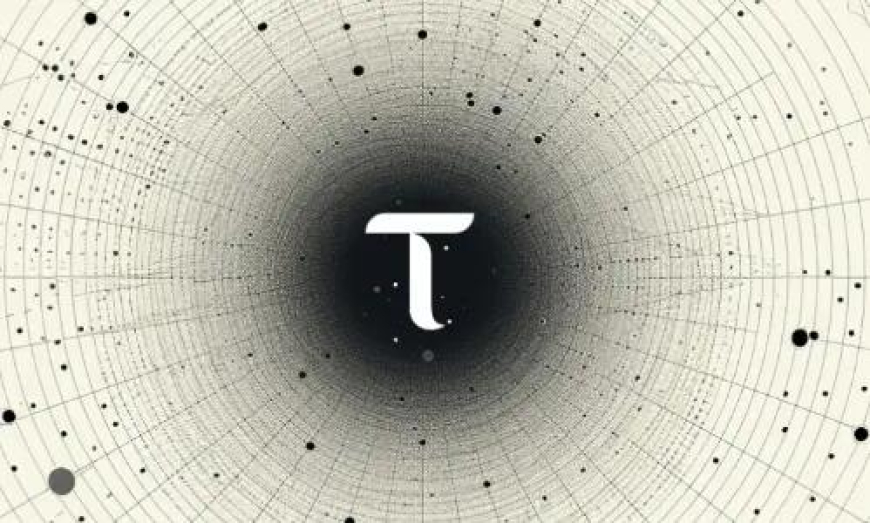
Addressing AI Concerns
Bit Tensor's approach also aims to address some of the key concerns surrounding AI development:
- Bias and Abuse: By allowing for decentralized consensus on training data and objectives, Bit Tensor could potentially reduce bias in AI systems. The diverse community of contributors can help ensure that a wide range of perspectives are represented in the training process.
- Centralization of Power: The project's decentralized nature aims to prevent the concentration of AI capabilities in the hands of a few powerful entities. This distribution of power can help mitigate the risks associated with AI being controlled by a small group with potentially misaligned interests.
- AI Alignment: By giving individuals a stake in the development and governance of AI systems, Bit Tensor seeks to ensure that AI remains aligned with human interests. The community-driven approach allows for ongoing discussions and adjustments to keep the technology beneficial to humanity.
- Transparency: The open-source nature of the project allows for greater scrutiny and understanding of AI development processes. This transparency can help build trust in AI systems and allow for faster identification and correction of potential issues.
- Privacy Concerns: While leveraging collective intelligence, Bit Tensor's decentralized approach can potentially offer better privacy protections compared to centralized AI systems that may collect and store large amounts of personal data.
- Ethical Development: The community governance model of Bit Tensor allows for ongoing ethical considerations to be built into the development process, potentially leading to more responsible AI advancement.
Getting Involved with Bit Tensor
For those interested in participating in the Bit Tensor network, there are several ways to get involved:
- Mining: If you have a GPU (preferably NVIDIA), you can contribute computing power to the network and earn TAO tokens. This is an accessible way for individuals to participate in cutting-edge AI development.
- Development: Programmers and AI researchers can contribute to the project's open-source codebase or build applications on top of the Bit Tensor network. This can range from improving the core protocol to creating new AI models or applications that leverage the network's capabilities.
- Community Participation: Join the Bit Tensor Discord to engage with the community, ask questions, and stay updated on the project's progress. Active community members often play crucial roles in shaping the project's direction and governance.
- Learning: Visit bitensor.com to access educational resources and learn more about the project's technical details. Understanding the underlying technology can help you make more informed decisions about how to participate.
- Validation: As the network grows, there may be opportunities to run validator nodes, which play a crucial role in maintaining the network's integrity and determining the value of intelligence produced.
- Application Development: Entrepreneurs and developers can build AI-powered applications and services that leverage the Bit Tensor network, potentially creating new business opportunities in the AI space.
Potential Applications of Bit Tensor
The decentralized nature and scalability of Bit Tensor open up a wide range of potential applications across various industries:
- Natural Language Processing: Advanced language models for translation, content generation, and analysis.
- Healthcare: AI-powered diagnostic tools and personalized treatment recommendations.
- Finance: Sophisticated market analysis and prediction models.
- Education: Personalized learning assistants and automated tutoring systems.
- Scientific Research: Accelerating discoveries through AI-powered data analysis and hypothesis generation.
- Creative Industries: AI-assisted content creation for music, art, and literature.
- Environmental Protection: AI models for climate prediction and resource management.
- Robotics: Improved decision-making and control systems for autonomous robots.
Conclusion
Bit Tensor represents a bold attempt to reshape the AI landscape by combining the power of blockchain technology with artificial intelligence. By creating a decentralized marketplace for AI capabilities, the project aims to democratize access to AI and accelerate innovation in the field.
The project's approach to AI development addresses many of the concerns associated with centralized AI systems, including issues of bias, power concentration, and alignment with human values. By distributing both the computational workload and the governance of the system, Bit Tensor aims to create a more equitable and transparent AI ecosystem.
While there are certainly challenges ahead, including high hardware requirements, regulatory hurdles, and competition from established players, the potential benefits of a more open, collaborative approach to AI development are significant. As the project continues to evolve and attract more participants, it will be fascinating to see how Bit Tensor impacts the future of artificial intelligence and blockchain technology.
The success of Bit Tensor will largely depend on its ability to attract a critical mass of developers, miners, and users. If it can achieve this, it has the potential to become a major player in the AI industry, offering a truly decentralized alternative to the current AI landscape dominated by large tech companies.
For those interested in the intersection of AI and blockchain, Bit Tensor is definitely a project worth watching. As we move towards an increasingly AI-driven future, projects like Bit Tensor may play a crucial role in ensuring that the benefits of AI are widely distributed and that the technology develops in a way that serves the broader interests of humanity. By aligning incentives, fostering collaboration, and maintaining transparency, Bit Tensor aims to create a more equitable and innovative AI ecosystem for all.
The journey of Bit Tensor is just beginning, but it represents a significant step towards a future where artificial intelligence is not just powerful, but also open, transparent, and aligned with the collective interests of humanity. As the project grows and evolves, it has the potential to redefine our relationship with AI and shape the future of technology in profound ways.
Source : @The Bittensor Hub.

